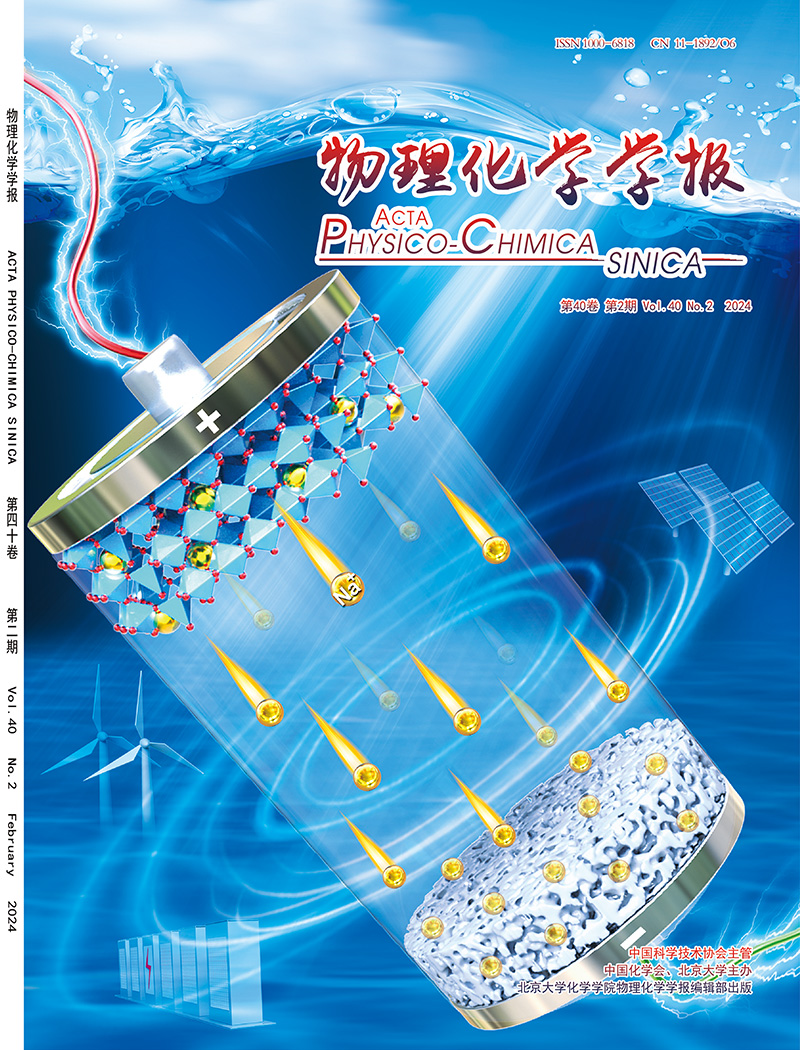Potential of zero charge-mediated electrochemical capture of cadmium ions from wastewater by lotus leaf-derived porous carbons
IF 10.8
2区 化学
Q1 CHEMISTRY, PHYSICAL
引用次数: 0
Abstract
With the growth of batteries, electroplating, and mining industries, heavy metal ions such as cadmium (Cd2+) are being discharged on a massive scale, thus posing a severe threat to the environment. Conventional techniques for removing Cd2+ from wastewater with low concentrations still suffer from slow kinetics and secondary pollution. A carbon-based capacitive deionization (CDI) system is highly desired but encounters a severe co-ion expulsion effect. Herein, we developed CDI systems based on surface charge-modulated porous carbon and an asymmetric configuration. This was achieved by first preparing porous carbons through facile microwave pyrolysis of lotus leaf followed by KOH activation. The morphology, pore structure, heteroatom content, surface charge, and electrochemical behavior of porous carbons were investigated by adjusting the mass ratio of KOH to carbon. The lotus leaf-derived carbons show a morphology of nanosheet-like thin carbon (NSTC), with their specific surface areas increasing with the amount of KOH used for activation. In contrast, the heteroatom (i.e., nitrogen and oxygen) contents decrease with the increase in the mass ratio of KOH to carbon, resulting in a more positive surface charge. Notably, the NSTC with a mass ratio of 3 for KOH/carbon (NSTC-3) displays an ultrahigh specific surface area of 3705.0 m2 g−1, and a specific capacitance of 92.5 F g−1 at a current density of 0.5 A g−1 when coupled with a commercial activated carbon in an asymmetric YP-50F//NSTC-3 supercapacitor. Consequently, the CDI cell equipped with a YP-50F as the anode and a NSTC-3 as the cathode exhibits a high specific adsorption capacity of 88.6 mgCd·gcathode−1 at 1.2 V in a 100 mg L−1 Cd2+ solution, which is about 36.3 % higher than that of the symmetrical configuration NSTC-3//NSTC-3. Furthermore, 71 % of the initial removal capacity of the YP-50F//NSTC-3 system is retained after 7 cycles of charging and discharging. Characterizations of the cathode after the adsorption process indicate that the Cd2+ is captured by both electrical-double-layer and pseudocapacitive mechanisms. Additionally, CdCO3 precipitate is also responsible for Cd2+ removal, which might be ascribed to the reaction of dissolved CO2 in aqueous media with Cd2+ under the electrified action. The high removal performance and excellent cycling stability are attributed to the tunability of the surface charge properties and the asymmetric configuration, which minimizes the co-ion expulsion and modulates potential distribution. This study provides a novel avenue to design biochar-based configurations for electrified water treatment.

荷叶衍生多孔碳对废水中镉离子的零电荷电化学捕获电位
随着电池、电镀、采矿业的发展,镉(Cd2+)等重金属离子被大量排放,对环境构成严重威胁。传统的低浓度废水Cd2+脱除技术存在动力学慢、二次污染等问题。碳基电容去离子(CDI)系统是非常需要的,但遇到了严重的co-ion驱逐效应。在此,我们开发了基于表面电荷调制多孔碳和不对称结构的CDI系统。首先通过微波热解荷叶制备多孔碳,然后进行KOH活化。通过调整KOH与碳的质量比,研究了多孔碳的形貌、孔隙结构、杂原子含量、表面电荷和电化学行为。荷叶衍生碳呈现纳米片状薄碳(NSTC)的形貌,其比表面积随着KOH活化量的增加而增加。相反,杂原子(即氮和氧)含量随着KOH与碳的质量比的增加而减少,导致表面正电荷增加。值得注意的是,KOH/碳质量比为3的NSTC (NSTC-3)在不对称YP-50F//NSTC-3超级电容器中与商业活性炭偶联时,显示出高达3705.0 m2 g−1的超高比表面积和92.5 F g−1的比电容,电流密度为0.5 a g−1。结果表明,YP-50F为阳极,NSTC-3为阴极的CDI电池在100 mg L - 1 Cd2+溶液中,在1.2 V电压下的比吸附容量为88.6 mgCd·g阴极−1,比对称配置的NSTC-3//NSTC-3提高了36.3%。此外,YP-50F//NSTC-3系统在7次充放电循环后保留71%的初始去除能力。吸附过程后的阴极表征表明,Cd2+被双电层和伪电容机制捕获。此外,CdCO3沉淀物也对Cd2+的脱除起作用,这可能是由于溶解在水介质中的CO2在通电作用下与Cd2+发生了反应。高去除性能和良好的循环稳定性归功于表面电荷性质的可调性和不对称结构,从而最大限度地减少了共离子的排出并调节了电位分布。本研究为设计生物炭基电气化水处理配置提供了一条新途径。
本文章由计算机程序翻译,如有差异,请以英文原文为准。
求助全文
约1分钟内获得全文
求助全文

 求助内容:
求助内容: 应助结果提醒方式:
应助结果提醒方式:


